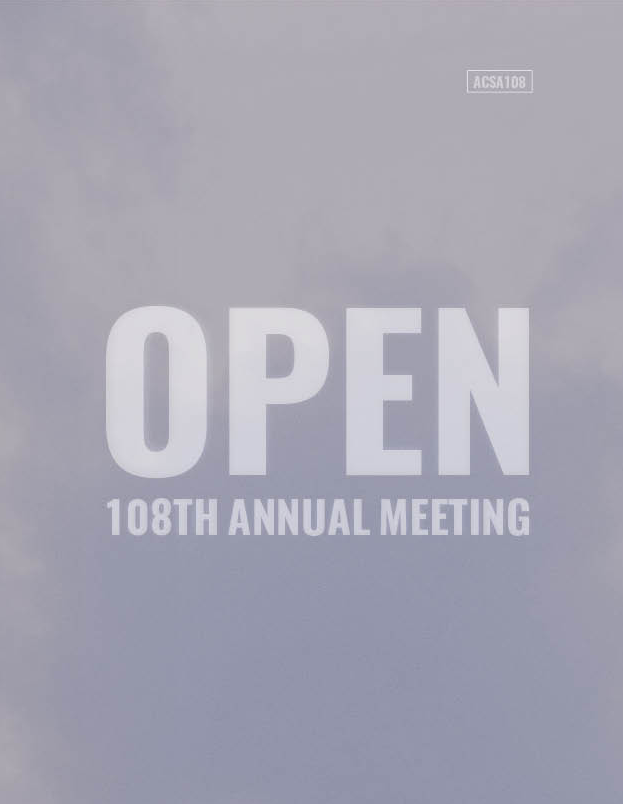Author(s): Sarah Deyong & Craig Babe
Ever since the crisis of high modernism in the postwar era, the gap between academia and the profession has slowly but surely widened over the decades. Possibly more symptomatic in the United States than the Continent, the reasons for this gap are, of course, complicated. One by-product has been the weakening of architecture’s disciplinary identity and an abdication of expertise to supporting fields or sub-fields, for example. However, the recent publication of José Araguez’s anthology, The Building, is a clear sign that the tide is turning. Published in 2016, the anthology should be seen not as a new direction, but as the culmination of collective voices, since the millennium, on topics like the projective (Sarah Whiting), operative history & theory (Sylvia Lavin, Robert Somol, Jeff Kipnis and Todd Gannon, for example), and the rise of experimental and collaborative practices, engaging political, social, and ecological concerns, in tandem with formal issues (The Open Workshop, Lateral Office, Interboro, LCLA, among others). With its collection of essays by architects on architects, Araguez’s timely book is an irrefutable sign of academia’s bid to reclaim the building as belonging to its own critical terrain. In this light, it is perhaps important, now more than ever, to reflect on the problem of the Comprehensive Studio, which too often falls short of its potential to develop compelling projects and critical positions around the building. Indeed, what is often at risk in the Comprehensive Studio is precisely the gap between academia and the profession, between critical thinking and the standardization of practice as it becomes corporatized through applications such as Revit.
https://doi.org/10.35483/ACSA.AM.108.97
Volume Editors
ISBN
978-1-944214-26-5

 Study Architecture
Study Architecture  ProPEL
ProPEL 
